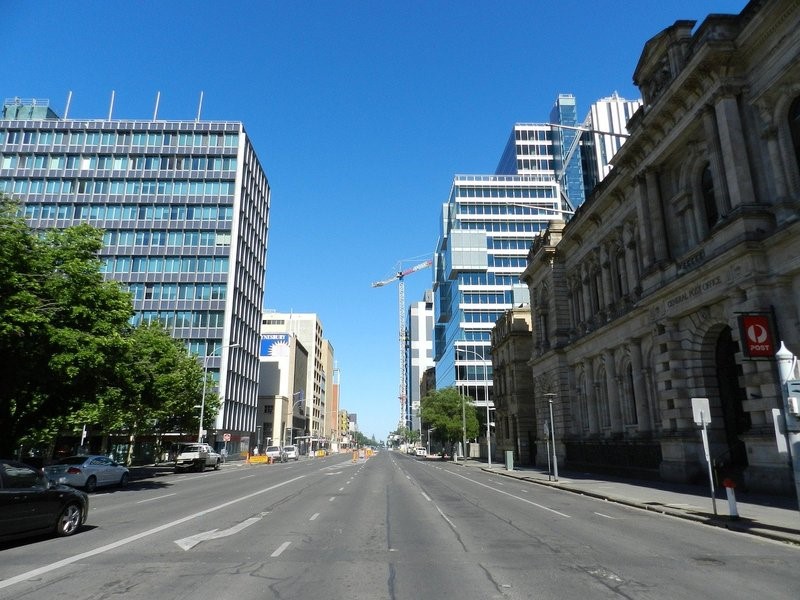The Lockdown Effect on Australia’s Businesses and a Look Ahead
All over the world, national economies have suffered greatly due to the strict lockdowns that have been imposed this year. Australia has been no exception, but what damage has been done and what does the future hold?
- A
- A
- A

Source: Pixabay
The Financial Consequences of the Lockdown
If we start by looking at the damage done to economies all over the planet, it is a worrying picture. The global gross domestic product (GDP) outlook for 2020 suggests a 5.2% fall due to the coronavirus impact. In Australia, the current prediction by the Organisation for Economic Cooperation and Development (OECD) is for the economy to contract by 4.1% in 2020, which is an improvement on the 5% decline that they forecast earlier in the year.
Naturally, the restrictions have had a negative effect on the majority of the Australia 200 companies. The ASX200 index has suffered a highly volatile period, with many companies losing value due to their activities being suspended, such as those in the travel and tourism sectors.
The ASX200 joins the likes of the FTSE 100 in the UK in being among the most affected globally, while the effectiveness of the Chinese authorities in locking down their population and stimulating their economy has helped the CSI 300 Index to recover more quickly. This hasn’t been all bad news for investors, though. Many were able to react with CFD investments where they went short rather than long. CFD trading is where the difference in price of the asset is crucial, with the price movements determining whether there is a profit or loss made.
In terms of the potential recovery in employment figures, August saw every state in the country except Victoria experience jobs growth. The employment situation remains challenging, though, with a headline unemployment rate of 6.8% and predictions that the jobs market won’t return to normal until 2022 or 2023.
What Does the Future Hold?
The current easing of restrictions across Australia is designed to allow the economy to recover from the damaging effects of the lockdown. While there are still measures in place to limit the spread of the coronavirus, many businesses are beginning to get back to something close to normal activity.
At the time of writing, a growth rate of 2.5% is expected in Australia for 2021, which is down from the 4.1% increase predicted earlier. On a worldwide basis, it is believed that over 92% of countries will enter recession in 2020, with fewer than 20% continuing to contract the following year.
The speed and strength of the recovery will depend upon various factors, such as whether a second wave of infections causes restrictions to be tightened, and how effective government strategies are in helping their national economies to get through this period.

Source: Pixabay
Summary - Some Bumps Expected on the Road to Recovery
2020 has undoubtedly been one of the most challenging years on record for Australians. There are now some signs that the economy may be on the road to recovery, but it is clear that the process will be long and that there may be some bumps along the way.
Subscribe to 
Never miss the stories that impact the industry.






